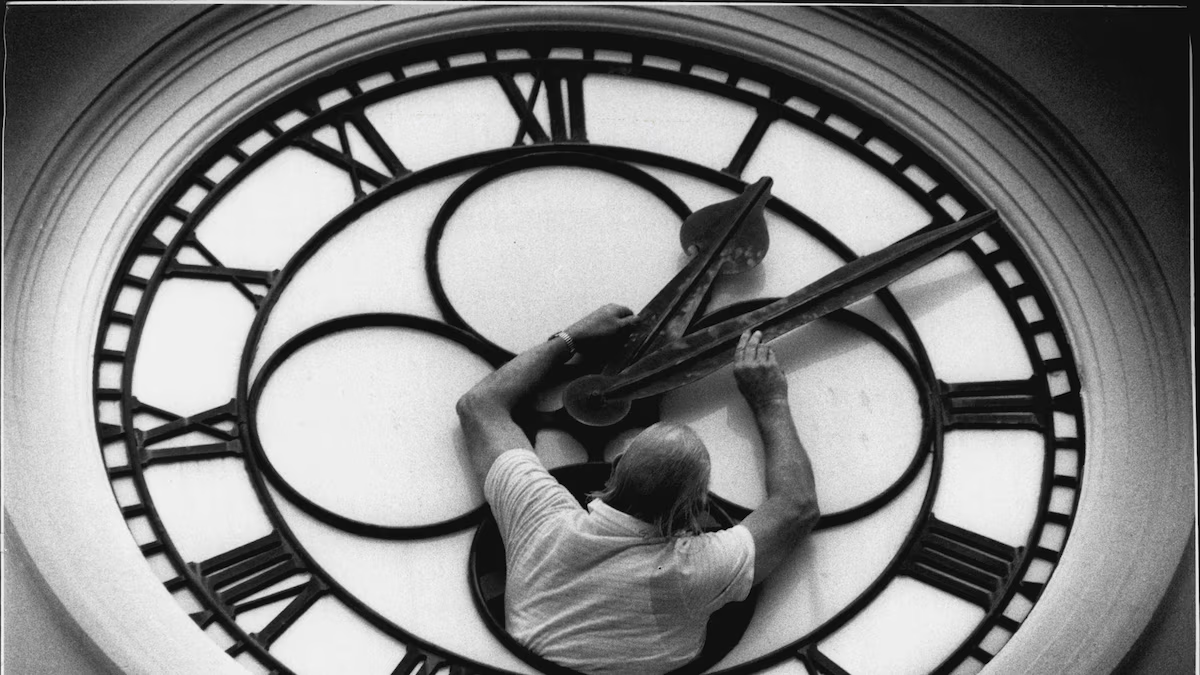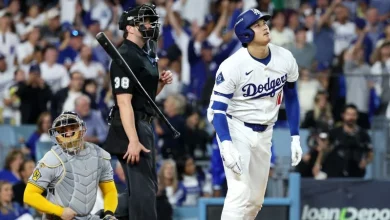America once made daylight saving time permanent. Here’s what went wrong.

The Hartford Courant reported that four Connecticut teenagers were struck by cars on their way to school the day after daylight saving time took effect. In Florida—where Gov. Reubin Askew unsuccessfully urged U.S. lawmakers to switch back the clocks—eight students were fatally struck by vehicles within a few weeks.
Public support plummeted. By February, only 42 percent of Americans still backed the new schedule, according to the National Opinion Research Center—but not everybody hated the change. Los Angeles resident Terry McQuilkin argued that it benefited people who work later hours. In a letter to The Los Angeles Times, McQuilkin wrote, “The rest of us will appreciate daylight saving time in a month or so, when the sun rises at the time we wake up.”
The National Safety Council, however, reported no notable increase in early-morning student fatalities between January 1973 and January 1974, according to United Press International. But growing concerns seemed to overshadow any potential benefits. Soon after Nixon’s resignation amid the Watergate scandal in August 1974, the House voted to end the experiment.
The Senate followed, acknowledging that while the policy saved an estimated 100,000 barrels of oil a day from January through April 1974, the public’s distaste for dark winter mornings outweighed any benefits, The New York Times reported. President Gerald Ford signed into law an amendment that returned the nation to standard time, from October 27 through the last Sunday in February 1975.
Why do we still have daylight saving time?
Half a century later, the argument over daylight saving time continues. Even as the federally mandated start and end dates for DST have shifted over the years, some U.S. lawmakers continue to advocate for year-round DST or, in some cases, standard time.





